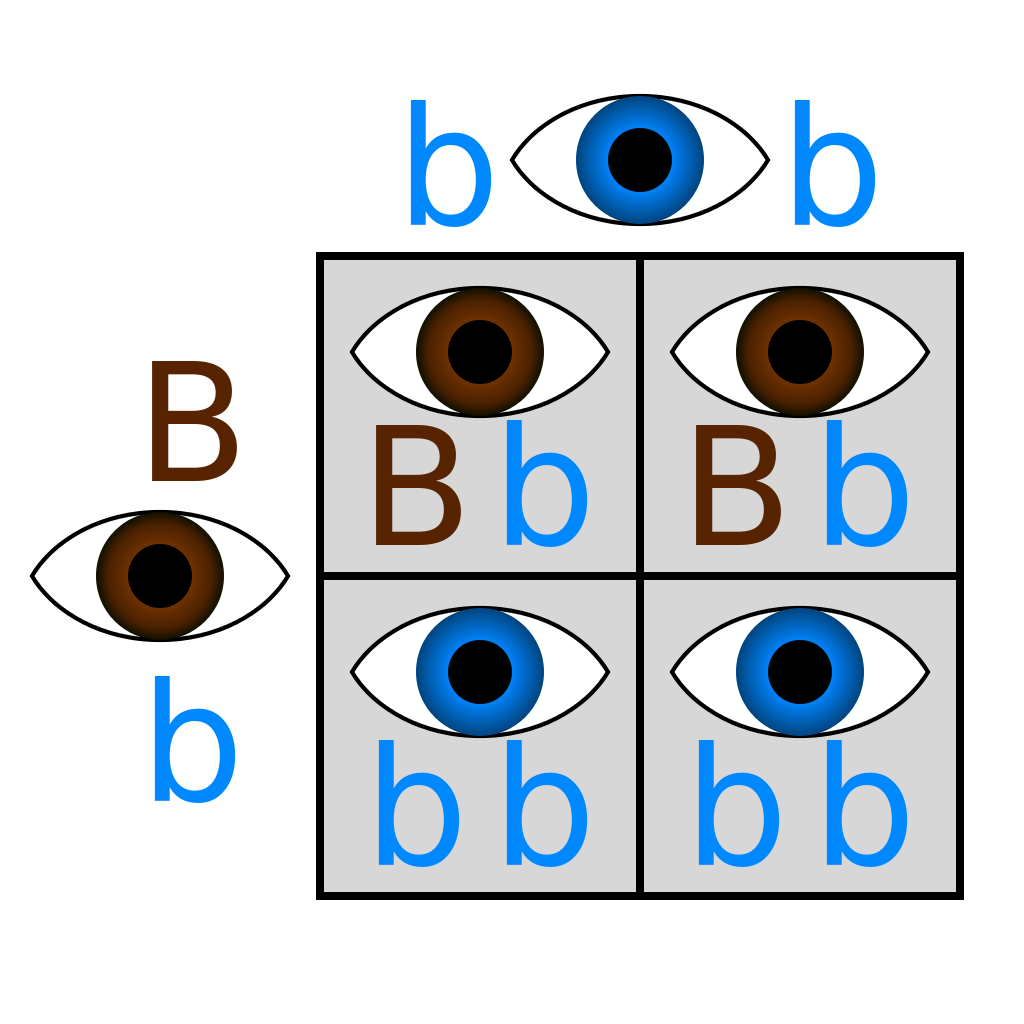
When Sins of Fathers Visit Gothic Protagonists and Novelists
The Biblical phrase that Anna Koustinoudi invokes in her Gothic Studies article, “Temporality, Narrative Discordance and the Phantom as Transgenerational Trauma in Elizabeth Gaskell’s The Poor Clare”–God’s “mercy for thousands, forgiving iniquity and transgression and sin” will “by no means clear the guilty; visiting the iniquity of the fathers upon the children’s children, unto the third and to the fourth generation” (Exodus 34:7)–seamlessly applies to (almost all of) the Gothic novels we have read thus far: Wollstonecraft’s Mary and Maria: or, The Wrongs of Woman, Radcliffe’s The Italian, Dacre’s Zofloya, Shelley’s Frankenstein, and Hogg’s Confessions of a Justified Sinner. Less immediately apparent is how the sins of the fathers are visited unto the protagonists in Austen’s Northanger Abbey and Dickens’ Christmas Carol and Other Stories, though this ancestral residue from their eighteenth-century forerunners can surely be traced, albeit less directly, as in a Holmesian mystery (the first of which is published in the late nineteenth century, 1887) or Freudian reverse-engineering of the psyche (whose essay, “The Unconscious,” is published about 40 years later, in 1915). In this response paper, I will be focusing alternately upon the sins of the fathers (patriarchy) as it is visited upon either the female novelist or protagonist, and this will not be exhaustive or conclusive due to the limited space of this response but will be a valuable synthesis exercise nonetheless.

In Mary and Wrongs of Woman, the female inheritance is not money but violent suffering. Wollstonecraft creates her own inheritance, forged via Vindication of the Rights of Woman. The patriarchal institution of marriage and the legal system which protected it provides the structure to pass down suffering from generation to generation of women until Wollstonecraft’s (and later her daughter, Mary Shelley’s) autobiographical fiction (what we might call today autofiction or loosely disguised memoir). It was not until the feminist movement in the twentieth century that Wollstonecraft’s “sins” according to the dominant culture were exonerated (the annoying word of our present day) that the freeing aspects of Wollstonecraft’s narratives could in turn exonerate (to a limited extent–we still see distracting squabbles in the feminist movement to this day post Women’s March and #metoo along the lines of class, race and sexual orientation) the women who deployed them.
Radcliffe, in her last, mic-drop novel The Italian and the seminal essay “On the Supernatural in Poetry,” exhibits how the sins of the patriarchy are visited even upon the most masterful and successful novelist–male or female–of her time. No matter how hard Radcliffe worked to cultivate “respectable,” smart, “high literature” suspense fiction, mediocre Matthew Lewis could still exploit and upset the genre that even Foucault still credits to her in the essay “What Is an Author?” Much like Radcliffe’s Italian examines the subversion and overturning of the class order through characters like the servant Paulo and orphaned child Ellena, whose uncle’s sins against her father perpetuate against her throughout the novel, so too did Lewis’s The Monk overturn her Gothic order, subverting the subverted and moving the genre backward to the extent that this drove her to early retirement and a faked death.
Perhaps most explicitly in Zofloya, the sins of the fathers (and the mother) are visited upon the Gothic (anti?) heroine, Victoria. Unlike Ellena, Mary and Maria, Victoria’s character is a sinister and plotting one, but like them, it is not all her fault; Dacre’s narrator explicitly calls out her and her brother as the inheritors of the sins of their mother, the seduced/fallen woman whom her husband and by extension the patriarchal system failed to protect from the seductive, amoral guest intruding into their (unguarded, unsafe) domestic space. Victoria is much less a helpless victim as the orphaned virtuous Ellena, Maria, and Mary, however, it is explicitly made clear that the devil himself might be tempting and manipulating her. The same goes for the other (very) unsympathetic male version of this inheritor of infidelity in Hogg’s Confessions. Frankenstein’s nameless monster, far more admirable and morally steadfast than Dacre’s and Hogg’s protagonists, unquestionably falls into moral destituteness in the frozen desert/tundra that is (also) reminiscent of Christ’s temptation in the desert, due to the sins and failed protections of his father.
Koustinoudi writes that Gaskell’s Tales contain “the ongoing haunting effects of the events to be recounted.” Likewise, the Gothic fiction that we have examined thus far betrays an “an affinity with what Freud was later to identify as the talking cure, the analytic situation” (Koustinoudi 30). Freud writes in the 1915 essay “The Unconscious,” according to Koustinoudi, “It is a very remarkable thing that the [Unconscious] of one human being can react upon that of another, without passing through the [Conscious]. “Descriptively speaking,” Freud writes, this “fact is incontestable” (Koustinoudi 35). When Koustinoudi invokes Maria Torok’s 1975 analysis of phobia, in which “when people say ‘I’ they might in fact be referring to something quite different from their own identity. … This foreign presence within the subject seems to be what is at work in Gaskell’s tale [The Poor Clare]” (35) this could just as easily speak for Gaskell as for her predecessors whose Unconscious(es) interact remarkably with hers, and ours.
Works Consulted
Chavez, Julia McCord. “Gaskell’s Other Wives and Daughters: Reimagining the Gothic and Anticipating the Sensational in ‘Lois the Witch’ and ‘The Grey Woman.’” Gaskell Journal […].
Koustinoudi, Anna. “Temporality, Narrative Discordance and the Phantom as Transgenerational Trauma in Elizabeth Gaskell’s ‘The Poor Clare.’ Gothic Studies vol. 14, iss. 2 […].
Martin, Carol. “Gaskell’s Ghosts: Truths in Disguise.” Studies in the Novel, vol. 21, iss. 1 (spring 1989), pp. 27-40).
Styler, Rebecca. “The Problem of ‘Evil’ in Elizabeth Gaskell’s Gothic Tales.” Gothic Studies, vol. 12, iss. 1.

